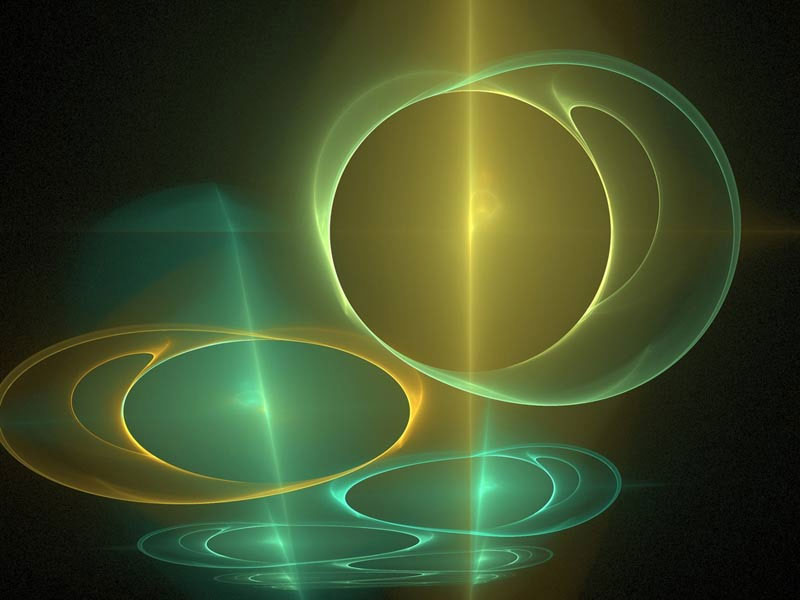Strange people can see the sound
Some people actually have the strange ability to see sounds because they have a part of the brain for sight that is smaller than usual, a new study says.
The thesis has been demonstrated initially by an empirical study by scientists at the University of London, including 29 volunteers selected to study through observations of flash images with accompanying sounds.
Some people can see the sound in the only light from the flash with two flashes of illusion, some people cannot see the blinking twice in a row. In it there are people who only see twice flashing in about 2% of the time and others see 100% of the flashing time.
Understanding this difference, the team analyzed the volunteers' brains. The results showed that people with image control areas in the smaller cortex were more likely to see illusions.'Clearly, the same phenomenon is the same but sometimes different people look not the same,' Neurology Professor De Haas told Livescience.

The visual area in the small brain will see good sound
more due to the rule of clearing ears and eyes? (Photo: Livescience)
Researchers say it is possible that this vision illusion is a way for the brain to have a small image-compensating department for imperfect image viewing. From creating the perfect feeling for the brain will create more information to provide for the ear. In the real world, the source of light and sound is often identical, and combining them will bring more advantages.
The above illusion also includes the McGurk effect, an effect that occurs when the visual components of a sound are paired with the auditory components of another sound, making people feel like they have. Can hear a mysterious third sound.
However, there are still many things that have not been explained about the origin of this kind of illusion. Because only about a quarter of the illusion differences are explained by brain anatomy, it also depends on hearing ability and other sciences.
The study was published online in the Journal of Proceedings of the Royal Society B, on October 24, 2012.
- The scaryness of sound: saving people and destroying each other in a narrow way!
- Mysterious sounds like the sound of
- The mystery of the strange sound in Britain's most sacred place
- Listen to the mysterious sound obtained from the deepest
- Misophonia: Strange syndrome causes people to be 'allergic' to the sound of chewing and breathing
- People in the whole town are wild because of the strange sound
- See the sound
- For the first time the light is stored as a sound wave
- Decode 13 strange sounds of the body
- The mysterious sound of the seabed worries the Canadians
- The dog is obsessed with everything life sounds
- NASA successfully deciphered mysterious sounds in space more than 60 years ago
 'Fine laughs' - Scary and painful torture in ancient times
'Fine laughs' - Scary and painful torture in ancient times The sequence of numbers 142857 of the Egyptian pyramids is known as the strangest number in the world - Why?
The sequence of numbers 142857 of the Egyptian pyramids is known as the strangest number in the world - Why? History of the iron
History of the iron What is alum?
What is alum?